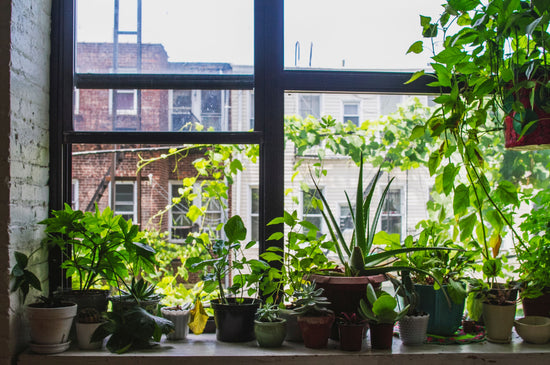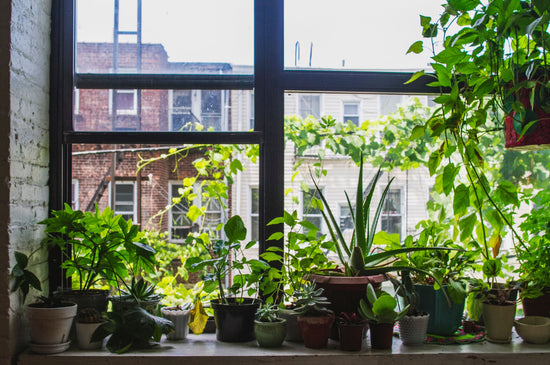Unlock the Secret to Bigger, Juicier Blueberries
Growing blueberries can be both rewarding and enjoyable. With the right care, your bushes can produce bigger, juicier berries that are perfect for snacking, baking, or freezing. Whether you’re a novice or an experienced gardener, this guide will help you master the art of blueberry cultivation.
For a head start, explore the Emerald Blueberry Plant, a robust and high-yielding variety perfect for home gardens.
Why Blueberries?
Blueberries are not only delicious but also packed with antioxidants, vitamins, and minerals. These small berries provide health benefits like boosting brain health, improving digestion, and supporting heart health. They are also versatile, thriving in pots, raised beds, or directly in the ground.
Selecting the Best Variety
Choosing the right blueberry variety is the first step. Here are some top options for a successful harvest:
- Rabbiteye Blueberry (Vaccinium virgatum): Perfect for warmer climates.
- Highbush Blueberry (Vaccinium corymbosum): Thrives in cooler regions.
- Southern Highbush Blueberry: Ideal for regions with mild winters.
- Pink Lemonade Blueberry: A unique variety producing sweet, pink berries.
- Patriot Blueberry: Known for its adaptability and large fruit.
For variety, consider the Blueberry Variety Pack, which includes several types of blueberry plants to diversify your harvest.
Preparing the Soil
Blueberries need acidic soil with a pH of 4.5-5.5. Test your soil using a home soil test kit, and amend it with sulfur or peat moss to lower the pH if necessary. Good drainage is essential to prevent root rot.
Planting Blueberries
- Timing: Plant in early spring or late fall when the bushes are dormant.
- Spacing: Space bushes 4-5 feet apart to allow proper airflow.
- Depth: Dig a hole twice as wide and deep as the root ball and plant at the same depth as in the pot.
- Mulch: Apply 2-3 inches of mulch to conserve moisture and suppress weeds.
For those interested in a mix of edible plants, the Patio Fruit Plant Variety Pack is an excellent option.
Watering and Fertilizing
- Watering: Blueberries require 1-2 inches of water per week. Consistent moisture is crucial, especially during the fruiting season.
- Fertilizing: Use a fertilizer specifically for acid-loving plants. Apply in early spring and again in late spring for optimal growth.
Pruning for Productivity
Pruning is essential for maintaining healthy bushes and high yields. Remove dead or diseased branches and thin out overcrowded growth during late winter or early spring.
Boosting Pollination
Blueberries produce more fruit when cross-pollinated. Planting multiple varieties close to each other can significantly increase your yield. Consider combining varieties like Blueberry Plant Starter and Emerald Blueberry.
Protecting Your Blueberries
Birds and insects love blueberries as much as humans do. Protect your crop with bird netting and monitor for common pests like aphids or caterpillars. Neem oil and other organic pest control methods are effective.
Harvesting Blueberries
Blueberries are ripe when they turn a uniform deep blue and easily come off the bush. Harvest regularly to encourage more fruit production.
Where to Buy Blueberry Plants
High-quality plants are essential for a successful harvest. Wekiva Foliage offers a range of options, including the Berry Variety Pack and Blueberry Plant 4-Pack.
FAQ
1. How long does it take for blueberries to produce fruit?
Blueberry bushes typically produce fruit in their second or third year.
2. Can I grow blueberries in containers?
Yes, blueberries thrive in containers. Use a pot with good drainage and acidic soil.
3. What is the best fertilizer for blueberries?
Fertilizers formulated for acid-loving plants, such as azalea or rhododendron food, work best.
4. How do I protect blueberries from birds?
Use bird netting to cover the bushes during the fruiting season.
5. How often should I water my blueberry plants?
Blueberries need about 1-2 inches of water per week. Adjust based on rainfall and soil conditions.





